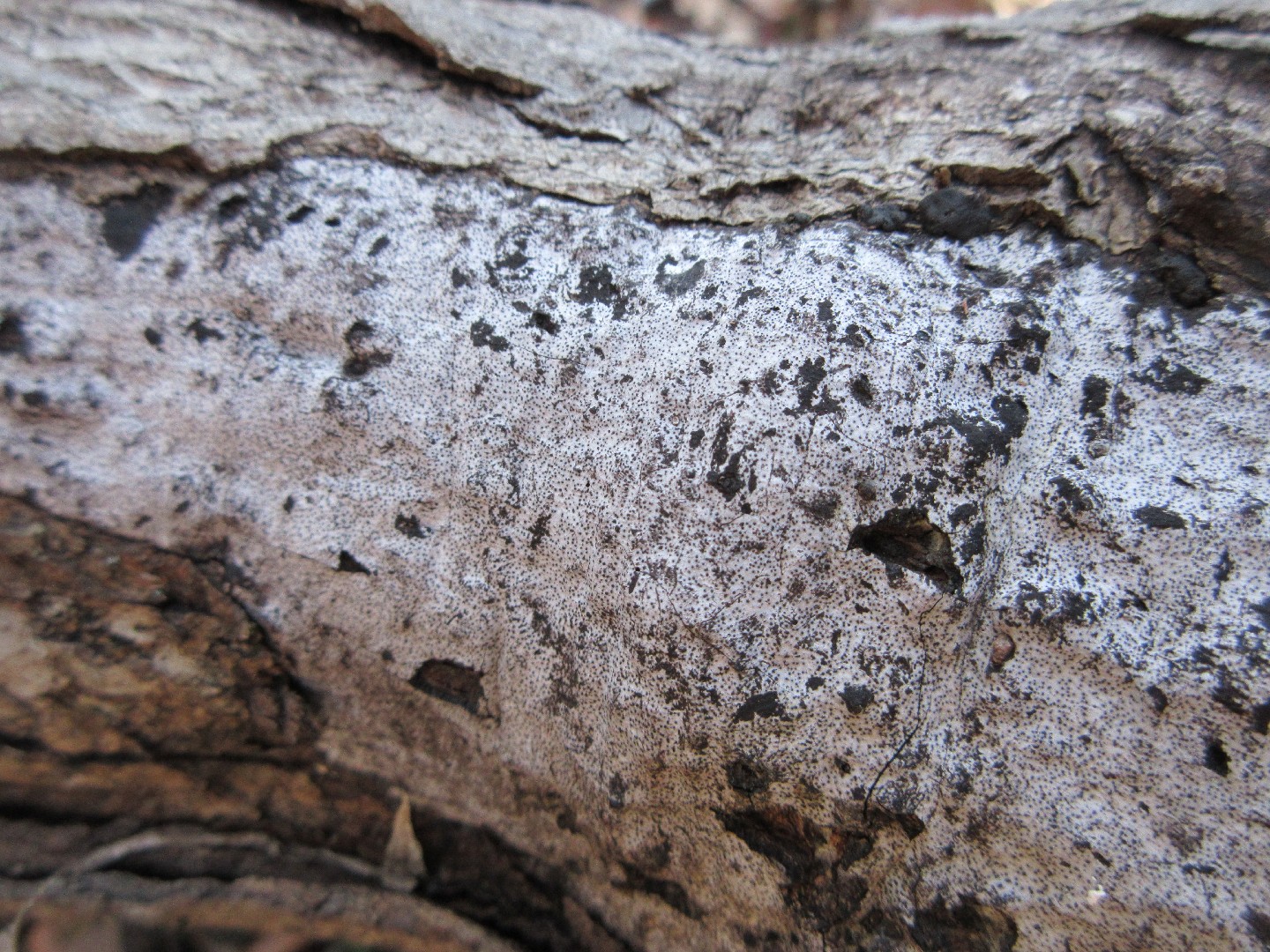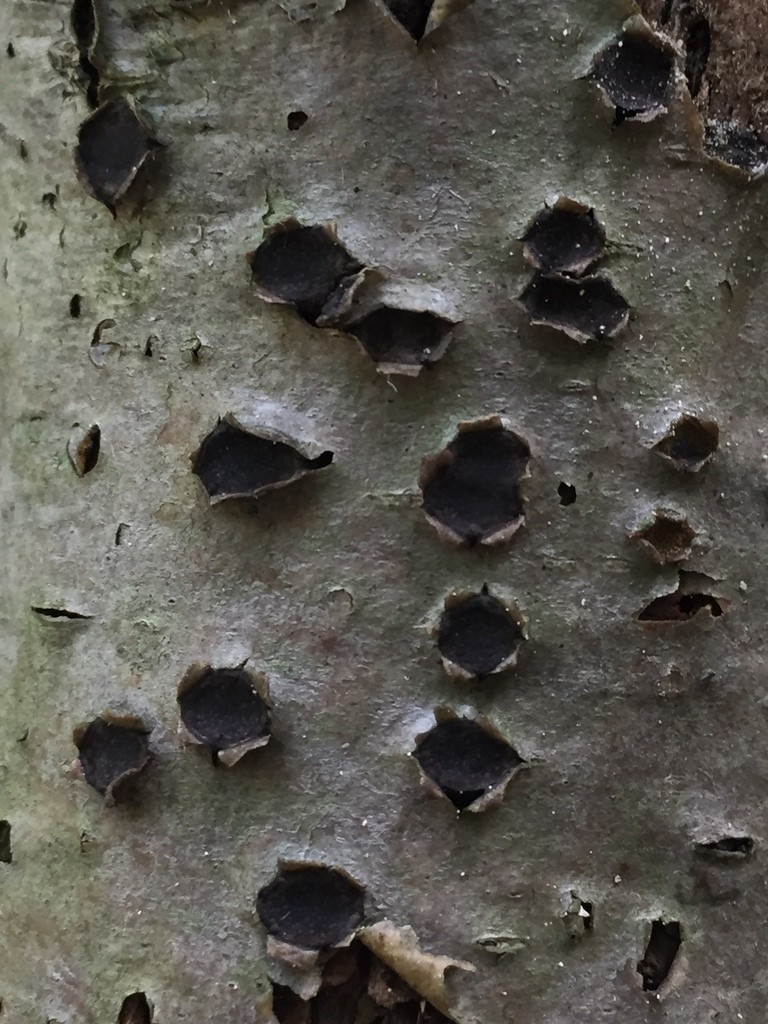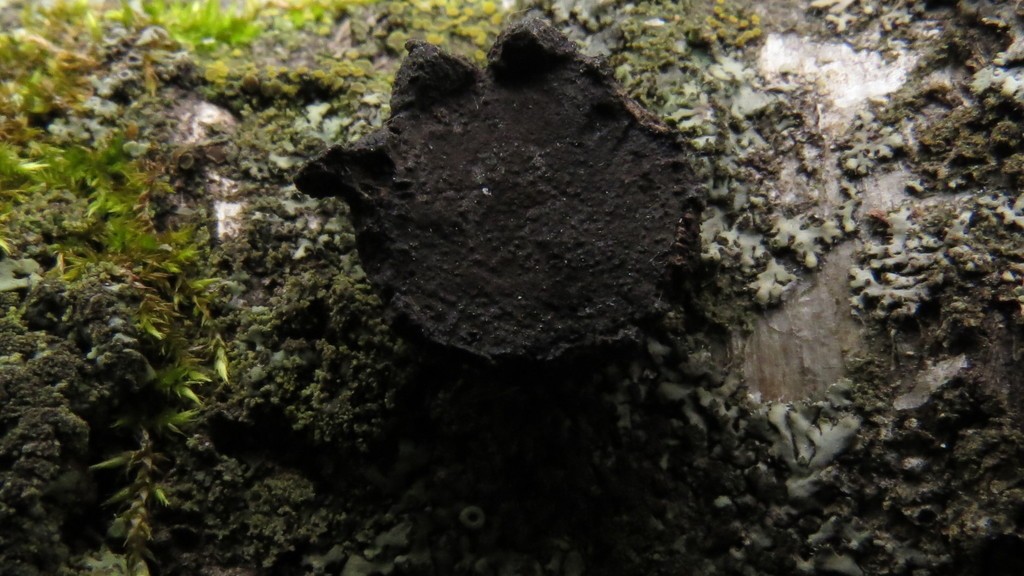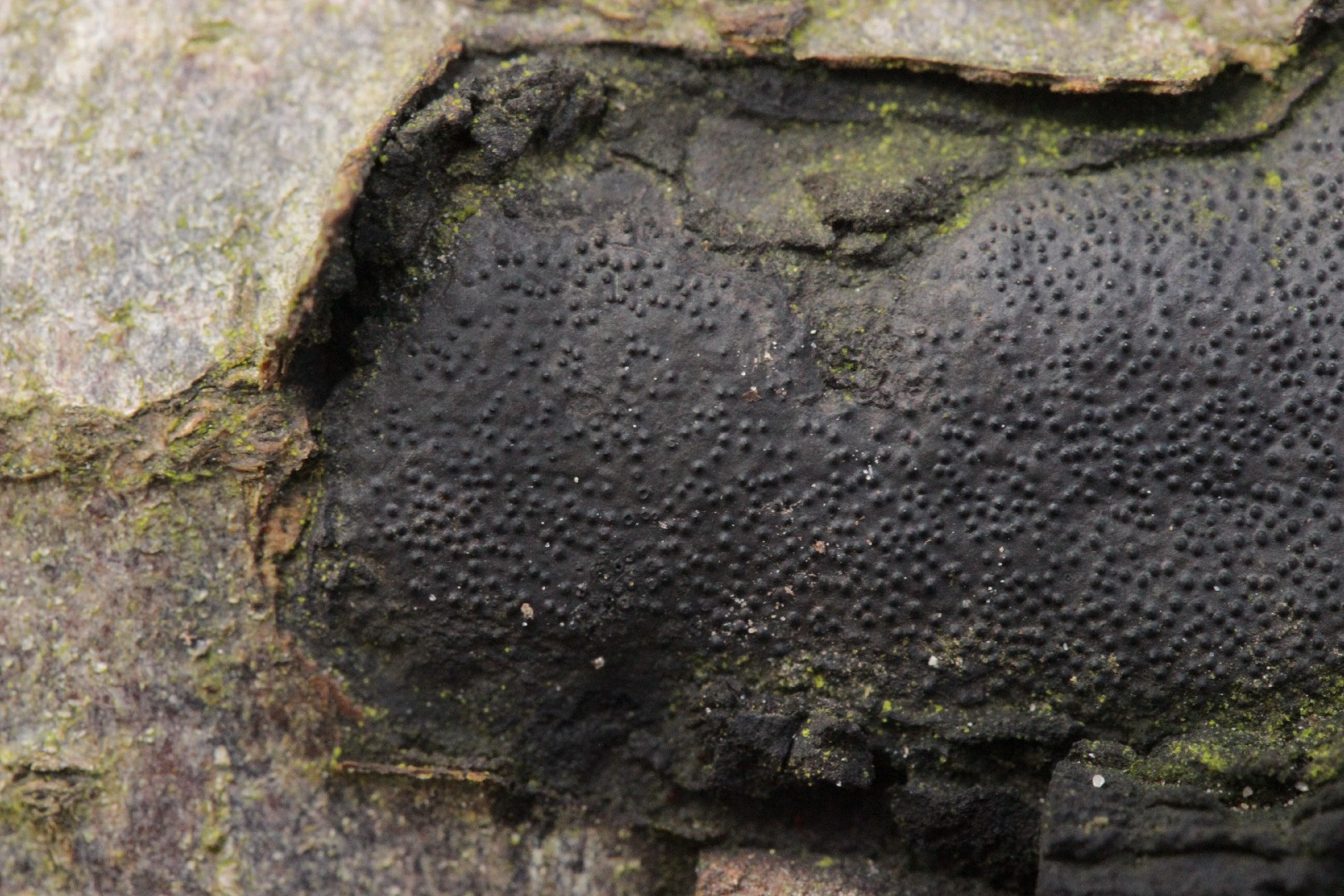Biscogniauxia
Scientific name: Biscogniauxia
Biscogniauxia
Scientific name: Biscogniauxia
 Photo By weed lady (Sylvia ) , used under CC-BY-SA-3.0 /Cropped and compressed from original
Photo By weed lady (Sylvia ) , used under CC-BY-SA-3.0 /Cropped and compressed from original Description
Biscogniauxia is a group of fungi known for their remarkable ability to thrive on decaying wood, often focusing on trees weakened by environmental stresses like drought. These fungi are visually distinctive due to their dark, carbon-like crusts that appear on the host's tree bark. One fascinating aspect of biscogniauxia is its role in forest ecosystems, accelerating the decomposition process and thus contributing to nutrient cycling and forest health.


